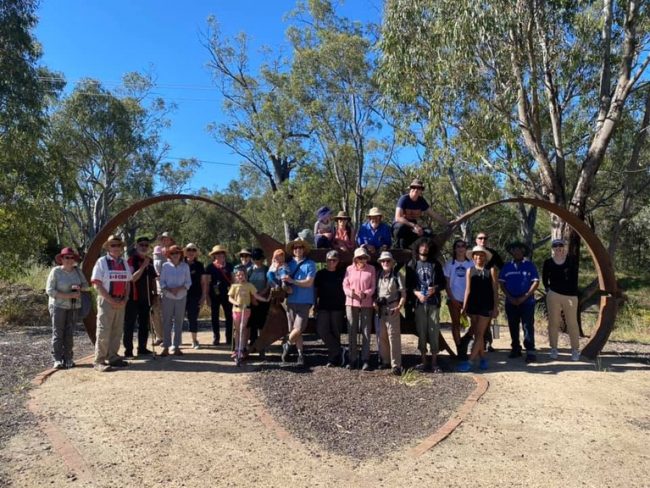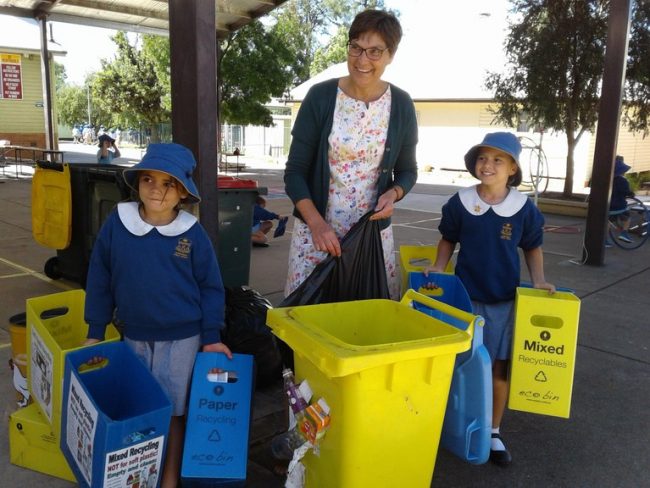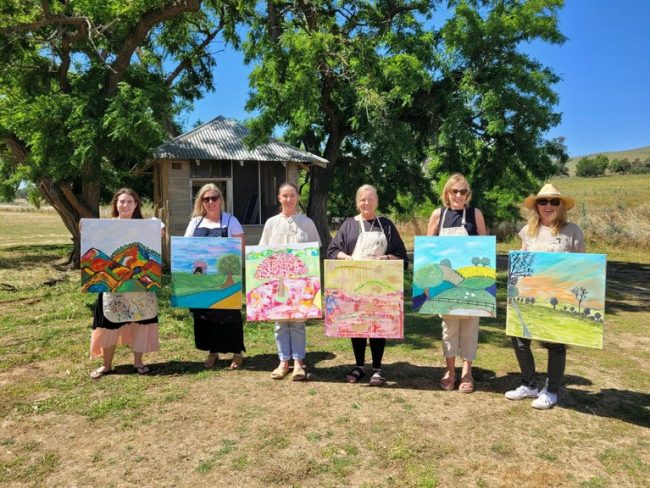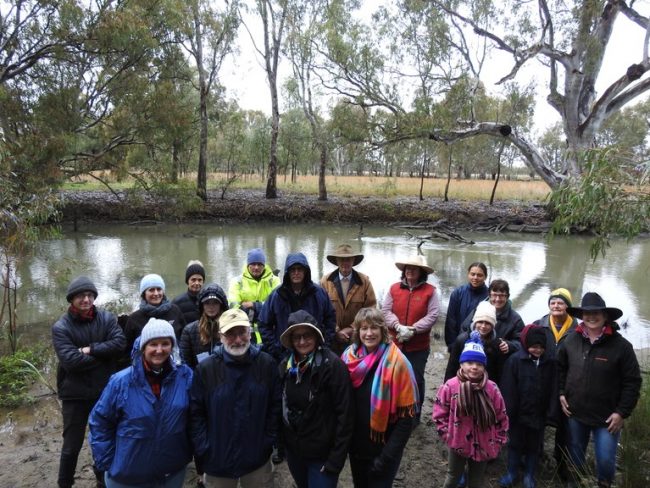Case Study LP14 – Boost to NRM on-ground activities
Murrumbidgee Landcare’s Capacity Building project was created in conjunction with Riverina Local Land Services to facilitate interesting and relevant workshops and on-ground projects. These were aimed at increasing the capacity for natural resource management activities in the region and were designed to suit the interests and requirements of member groups in their particular region. This…










